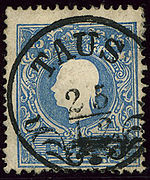Domažlice
Domažlice ([ˈdomaʒlɪtsɛ] (![]()
Domažlice | |
|---|---|
Town | |
Central square | |
 Flag  Coat of arms | |
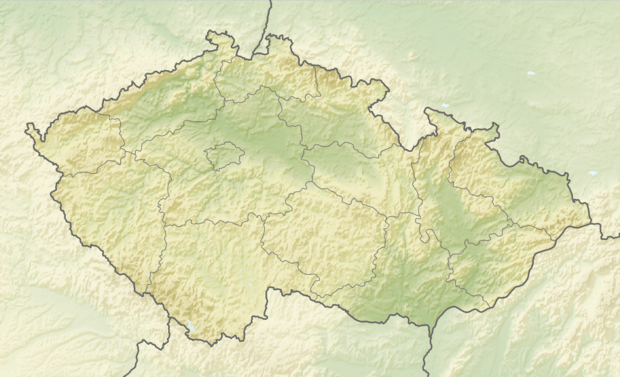 Domažlice Location in the Czech Republic | |
| Coordinates: 49°26′26″N 12°55′38″E | |
| Country | |
| Region | Plzeň |
| District | Domažlice |
| First mentioned | 10th century |
| Government | |
| • Mayor | Zdeněk Novák |
| Area | |
| • Total | 24.61 km2 (9.50 sq mi) |
| Elevation | 428 m (1,404 ft) |
| Population (2020-01-01[1]) | |
| • Total | 11,094 |
| • Density | 450/km2 (1,200/sq mi) |
| Time zone | UTC+1 (CET) |
| • Summer (DST) | UTC+2 (CEST) |
| Postal code | 344 01 |
| Website | www |
Domažlice is also a Municipality with Extended Competence and a Municipality with Commissioned Local Authority within the same borders.
History
Domažlice was first recorded as a town in 1231, when Přemysl Otakar II of Bohemia ordered the city to be fortified for the purpose of protecting the border with Bavaria. It would remain fortified from 1262 to 1265. Border guards were recruited from the Chodové (Slavic free farmers) who settled in the vicinity of Domažlice.
The city was mortgaged to Bavaria in 1331, lasting until 1419 (with some interruptions). Under Hussite rule, German citizens were expelled from the city, and since then, the population has been predominantly Czech. In 1431, Prokop the Bald defeated the crusaders of the Holy Roman Empire near Domažlice. The 15th and 16th century saw Domažlice change hands frequently, but its importance diminished following the end of the Thirty Years' War. It was not until 1770 that it recovered, largely due to innovations in the textile industry.
Until 1918 the town was part of the Austrian monarchy, finding itself on the Austrian side of the Austro-Hungarian internal frontier following the 1867 "Ausgleich" (compromise). It was the district capital of the district with the same name, being one of the 94 Bezirkshauptmannschaften (district capitals) in Bohemia.[2]
Within the context of the Czech National Revival, Domažlice became a central place during the 19th century. At the time, it was the most western ethnic Czech town, very close to the border with the Kingdom of Bavaria. In the city, a pilgrimage took place on August 13, 1939, which developed into a large Czech protest demonstration against the German occupation and control of the ethnic Czech Protectorate of Bohemia and Moravia. The German population was expelled in 1945 according to the Potsdam Agreement.
In 2005 a mass grave was discovered on the outskirts of the town, holding 54 Germans, mainly members of the local SA, executed by the Czech resistance after the end of the war, around May 8, 1945.
Sights
The centre of the town is historically significant and is protected by law as Urban monument zone.
Sport
A local football club, TJ Jiskra Domažlice, plays in the Bohemian Football League (3rd tier of the Czech football league system).
Notable people
- Božena Němcová (1820–1862), writer
- Ladislav Klíma (1878–1928), philosopher and novelist
- Václav Melzer (1878–1968), mycologist
- František Michl (1901–1977), painter and graphic artist
- Jan Smudek (1915–1999), resistance fighter
- Václav Jehlička (born 1948), politician
- Jiří Vaněk (born 1978), tennis player and coach
- Karel Novy (born 1980), Swiss swimmer
Twin towns – sister cities
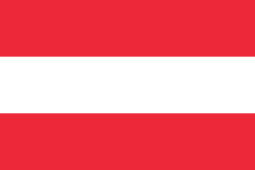
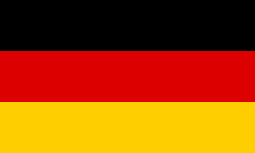
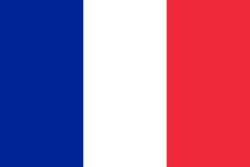
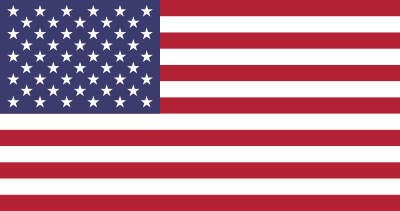
References
- "Population of Municipalities – 1 January 2020". Czech Statistical Office. 2020-04-30.
- Die postalischen Abstempelungen auf den österreichischen Postwertzeichen-Ausgaben 1867, 1883 und 1890, Wilhelm Klein, 1967
- "Partnerská města" (in Czech). Město Domažlice. Retrieved 2020-08-04.
External links

- Official website
- Domažlice (in English)
- Information service of Domažlice
